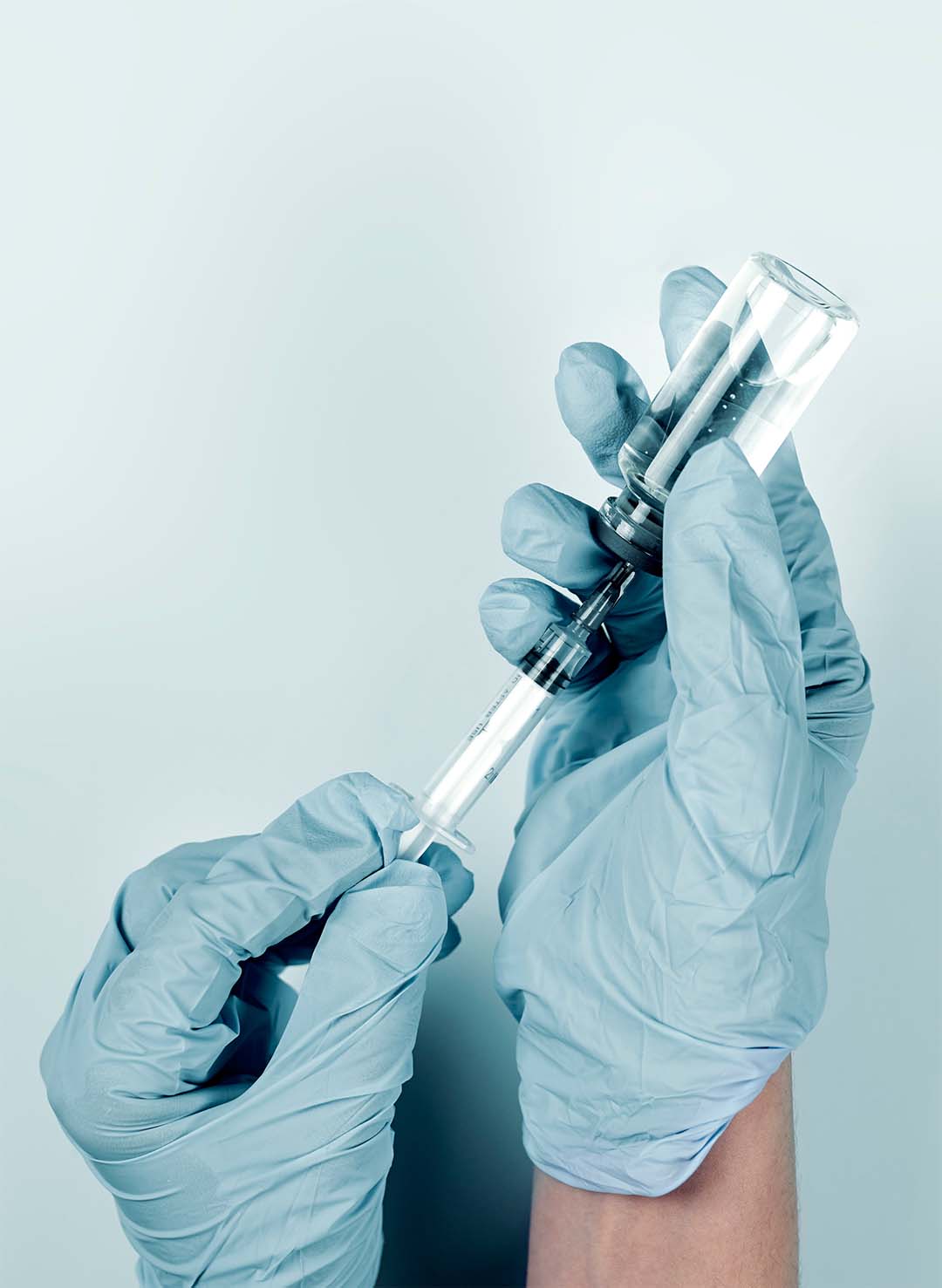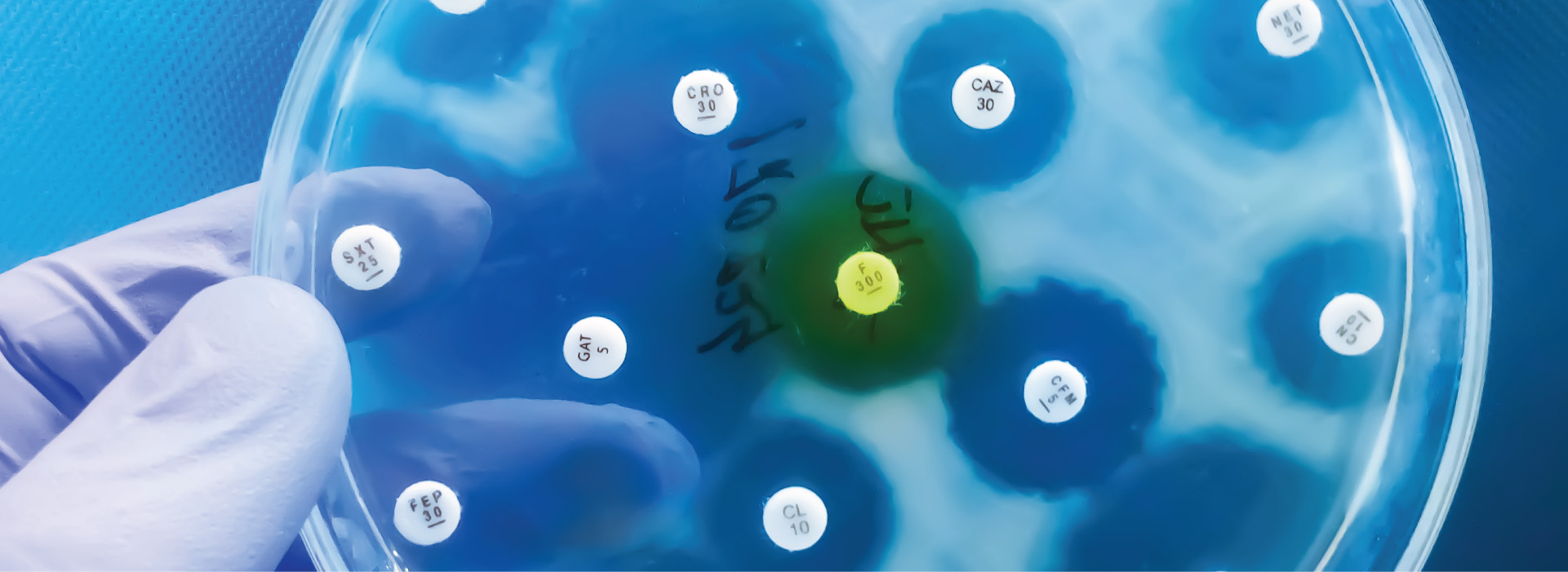Exosomes are a relatively recent discovery in medical history, having only been discovered independently in 1983. Six years before their discovery, extracellular vesicles (EVs), the overarching group to which exosomes belong, were discovered in plasma that had no platelets present.1 Exosomes are phospholipid bilayer bound vesicles formed through the secondary inward budding of endosomes and subsequent release from the cell when the parent endosome, now known as a multivesicular body (MVB), fuses with the cellular membrane. Originally, little attention was paid to these secreted bodies as they were considered, in essence, cellular trash bags used to remove waste and maintain homeostasis.2 While current studies still support this in part, they have also shown that exosomes play an important role in intercellular signaling and other cellular functions. Exosomes have been shown to contain a wide assortment of biological molecules such as miRNA, mRNA, proteins and occasionally double stranded DNA.3 Because the contents of an exosome are representative of the internal state of a cell and they are present in almost every bodily fluid, they are ideal targets for diagnostic testing. Recent studies have used exosomes to diagnose Alzheimer’s, cancer and Parkinson’s, while others have focused on the potential to use them as a method of treatment for a variety of diseases. 4,5,6,7
Using Exosomes for Diagnostics
Early diagnosis of a disease often makes all the difference in terms of treatment. Unfortunately, most of the time when symptoms become noticeable enough to make a diagnosis, it is past the point of easy treatment. Regular check ups are a strong counter to this, though current diagnostic methods have a chance of failure, especially in the very early stages of the disease. Colonoscopies can miss polyps, tissue biopsies only sample a portion of the tumor and can miss them entirely, and ultrasounds only give visual information which can be misinterpreted. CAT scans and MRIs are usually performed when one of the previous tests indicates a problem. Although more detailed than ultrasounds, these are complicated procedures that may be contraindicated by other health conditions such as pacemakers or metallic fillings. As for neurodegenerative disorders, diagnosis often comes with the first tremors or the first bouts of forgetfulness. While there is currently no cure for most neurodegenerative diseases such as Alzheimer’s and Parkinson’s, treatments are available to help mitigate their devastating effects and maintain quality of life for the patient. The earlier these treatments are enacted, the longer this quality can be maintained. Cancer cells have been shown to induce angiogenesis in hypoxic conditions, and exosomes play a key role in that.8 Tumor derived exosomes (TDEs) from various types of cancers have been shown to contain not only angiogenic proteins, but also the mRNAs that code for those growth factors and miRNAs as well.8 They have also been implicated in metastasis, where cancer spreads from one part of the body to another.9 While the exact mechanism remains unknown, the leading theory is that TDEs help form the premetastatic niche (PMN) and, once a circulating tumor cell anchors to this niche, signals the change from the invasive cell structure to one better suited for the rapid proliferation that is characteristic of cancer.9 By using extracted exosomes from a patient’s blood sample in conjunction with other cell free technologies, a researcher or medical professional can detect cancer earlier, with greater precision and hopefully make more accurate diagnoses.

Exosomes derived from the neurons of Alzheimer’s patients show irregularities in the concentrations of various proteins as well as which proteins are present when compared to those derived from healthy patients.4 In their 2021 paper, Arioz et al. showed that neuron derived exosomes from those suffering from early stage Alzheimer’s disease had a large increase in hemoglobin content.4 They also have been implicated in the progression of the disease, as they carry the toxic ꞵ-amyloid plaques, specifically those of low molecular weight, and the fibrils.6 These are believed to act as seeds for the larger plaques that result in the worst symptoms.6 Exosomes from those suffering from Parkinson’s also show elevated or decreased levels of various biomarkers.
Want to hear more from Norgen?
Join over 10,000 scientists, bioinformaticians, and researchers who receive our exclusive deals, industry updates, and more, directly to their inbox.
For a limited time, subscribe and SAVE 10% on your next purchase!
SIGN UP
Exosomal Therapy
Due to their near ubiquitous presence in the body and role as short and long distance message carriers that deposit payloads directly into target cells, exosomes offer a unique opportunity for development as novel therapeutics. In fact, researchers have already begun exploring this possibility. For example, exosomes sourced from the lungs of healthy individuals have been shown to relieve symptoms and reduce some of the damage in mice suffering from chronic obstructive pulmonary disease (COPD).5 Short interference RNAs loaded into exosomes are under human trial as a potential treatment for cancer at the M.D. Anderson Cancer Center.2,10 This study targets the GTPase KRAS gene which, when mutated, can result in pancreatic ductal adenocarcinoma.10 By using exosomes loaded with siRNAs complimentary to the oncogenic mRNAs the cell’s own silencing machinery can take care of the rest.
 10 Vaccines are yet another potential application of exosomes. Hui et al. (2021) studied white blood cells that had been infected with Salmonella typhimurium, and in particular the exosomes they produce.11 Salmonella antigens were found in these exosomes, as previous studies concerning the transfer of antigens from macrophages to dendritic cells have confirmed.11 They discovered that by introducing these antigen-containing extracellular vesicles to the mucosal membranes stimulated not only an innate immune response, but also an acquired one in the following weeks.11
The current difficulty in the use of exosomes as therapeutics is less in the efficacy but in production, as cell lines are still required to create them. This is accomplished either by loading both the exosomes and drugs into the cell, or loading only the drugs.3,12 The latter can be accomplished by either loading the actual pharmaceutical, or by loading a gene encoding it. Loading of the exosomes may be done through electroporation, freeze/thaw cycling, extrusion, sonication, or incubation with compounds that induce membrane permeability.3,12 Compounds can also be directly attached to the outside of the exosomes through click chemistry.3,12 By engineering targeting ligands into the parent cells, usually using plasmids, the exosomes will also display them.5 This allows direct, precise delivery of the therapeutic to the desired cells, meaning a lower dose is required and that less non-specific action will be observed.13 Targeting ligands can be attached through click chemistry as well.13 One of the major problems with any drug, especially nucleic acid or protein derived ones, is degradation while it is en route to the tumor, neuron or other target cell.2 Exosomes are a means around this as they shield the molecule from recognition by the body until it is introduced directly into the cell when the exosome fuses with the cellular membrane.2 This specificity means that an even lower dosage of traditional treatments is possible as the agent will not be freely circulating throughout the patient’s body. Expression of CD47 on the surface has been shown to extend the lifespan of exosomes in the body thereby giving them a longer time to reach their destination and deliver the payload.10
10 Vaccines are yet another potential application of exosomes. Hui et al. (2021) studied white blood cells that had been infected with Salmonella typhimurium, and in particular the exosomes they produce.11 Salmonella antigens were found in these exosomes, as previous studies concerning the transfer of antigens from macrophages to dendritic cells have confirmed.11 They discovered that by introducing these antigen-containing extracellular vesicles to the mucosal membranes stimulated not only an innate immune response, but also an acquired one in the following weeks.11
The current difficulty in the use of exosomes as therapeutics is less in the efficacy but in production, as cell lines are still required to create them. This is accomplished either by loading both the exosomes and drugs into the cell, or loading only the drugs.3,12 The latter can be accomplished by either loading the actual pharmaceutical, or by loading a gene encoding it. Loading of the exosomes may be done through electroporation, freeze/thaw cycling, extrusion, sonication, or incubation with compounds that induce membrane permeability.3,12 Compounds can also be directly attached to the outside of the exosomes through click chemistry.3,12 By engineering targeting ligands into the parent cells, usually using plasmids, the exosomes will also display them.5 This allows direct, precise delivery of the therapeutic to the desired cells, meaning a lower dose is required and that less non-specific action will be observed.13 Targeting ligands can be attached through click chemistry as well.13 One of the major problems with any drug, especially nucleic acid or protein derived ones, is degradation while it is en route to the tumor, neuron or other target cell.2 Exosomes are a means around this as they shield the molecule from recognition by the body until it is introduced directly into the cell when the exosome fuses with the cellular membrane.2 This specificity means that an even lower dosage of traditional treatments is possible as the agent will not be freely circulating throughout the patient’s body. Expression of CD47 on the surface has been shown to extend the lifespan of exosomes in the body thereby giving them a longer time to reach their destination and deliver the payload.10
A Bright Future for Exosomes
Exosomes have long been known to the biological research community, but were generally disregarded until recent years when the Lӧvtall group showed that a few cells incorporated miRNA and mRNA into them.2 Since then, there has been an explosion of interest in these tiny, cell-produced vesicles for a multitude of purposes.2 Groups everywhere are turning their studies towards using exosomes for everything from diagnostics to treatments, with promising results. As production methods are refined and made more affordable, it can be expected that more and more will become commercially available. If you work with exosomes, check out Norgen Biotek’s Exosome Purification and RNA Isolation Kits to purify and enrich intact exosomes from plasma/serum, urine, cell culture media and saliva.





